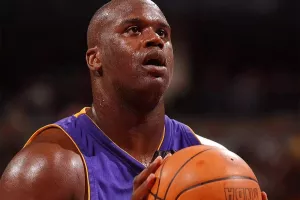Life lies in exercise, and people's physical and mental stress will be released after exercise. Badminton is a sport with a large amount of exercise, which consumes excess calories in the body and helps to lose weight.
At the same time, it can also relieve cervical discomfort and adjust vision.
The highest organization of badminton is the Badminton World Federation, which was established in London in 1934.
Do you like badminton? Here are some tips on how to protect your badminton.
1. Increase the humidity of feathers.
One day before playing, take out the ball to be used, find a container, turn the ball upside down, immerse the feather for 2cm in hot water, preferably add a little salt, soak for a few hours, and then take it out to dry.
This way, you will find it durable when you play badminton.
2. Spray water in the ball barrel.
Prepare a small spray bottle filled with clean water, take out all the shuttlecocks, open the lids on both sides, spray water inside, don't need too much, spray on both sides, then put the shuttlecocks back into the bucket and put them on both sides of the shuttlecocks.
With the lids on the sides, the inside of the balls will become even more moist and ready to use the next day.
3. Take advantage of bathroom steam.
Put the shuttlecock to be played in the bathroom and moisten the feathers with the bathroom steam.
People who insist on playing have an hour or so to look straight into the distance every day, which is a good rest for the eyes.
The advantage of playing badminton is to consume excess calories in the body and help lose weight. At the same time, it can also relieve cervical discomfort and adjust vision. More practice badminton can also exercise personal control and endurance.
The muscle tissue of people who often play badminton will also change, and the distribution of capillaries in a certain volume of muscle is greatly increased, more effectively comfortable oxygen.
People suitble.
Relatively speaking, badminton is a relatively healthy sport suitable for people of all ages.
For children, badminton is the best parent-child sport; for middle-aged and elderly people, badminton can maintain health.
Not suitable for crowd.
It is recommended that patients with cardiovascular and cerebrovascular diseases who are not suitable for strenuous exercise should not play badminton.
People with heart problems, etc. should not play badminton, nor should people with wrist and hand joint injuries.
Because playing badminton is a competitive sport, it has high requirements on body parts such as waist, knees and tendons. People with cerebral hemorrhage, high blood pressure and cerebrovascular malformation are not suitable for playing badminton.


